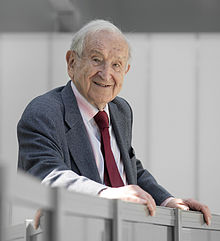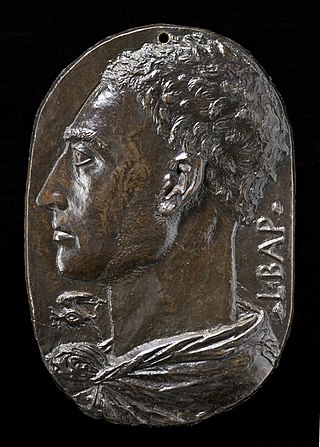
Leon Battista Alberti was an Italian Renaissance humanist author, artist, architect, poet, priest, linguist, philosopher, and cryptographer; he epitomised the nature of those identified now as polymaths. He is considered the founder of Western cryptography, a claim he shares with Johannes Trithemius.
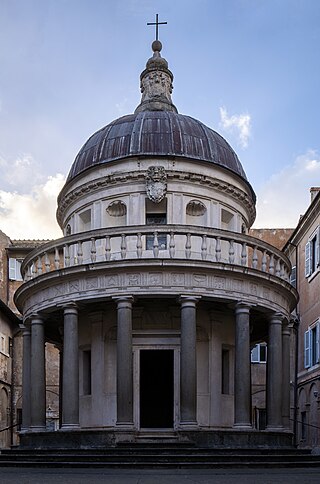
Renaissance architecture is the European architecture of the period between the early 15th and early 16th centuries in different regions, demonstrating a conscious revival and development of certain elements of ancient Greek and Roman thought and material culture. Stylistically, Renaissance architecture followed Gothic architecture and was succeeded by Baroque architecture and neoclassical architecture. Developed first in Florence, with Filippo Brunelleschi as one of its innovators, the Renaissance style quickly spread to other Italian cities. The style was carried to other parts of Europe at different dates and with varying degrees of impact.

Gottfried Semper was a German architect, art critic, and professor of architecture who designed and built the Semper Opera House in Dresden between 1838 and 1841. In 1849 he took part in the May Uprising in Dresden and was put on the government's wanted list. He fled first to Zürich and later to London. He returned to Germany after the 1862 amnesty granted to the revolutionaries.

Sebastiano Serlio was an Italian Mannerist architect, who was part of the Italian team building the Palace of Fontainebleau. Serlio helped canonize the classical orders of architecture in his influential treatise variously known as I sette libri dell'architettura or Tutte l'opere d'architettura et prospetiva.

Paul Philippe Cret was a French-born Philadelphia architect and industrial designer. For more than thirty years, he taught at a design studio in the Department of Architecture at the University of Pennsylvania.

The Primitive Hut is a concept that explores the origins of architecture and its practice. The concept explores the anthropological relationship between human and the natural environment as the fundamental basis for the creation of architecture. The idea of The Primitive Hut contends that the ideal architectural form embodies what is natural and intrinsic.

Jean-Jacques Lequeu was a French draughtsman and architect.

William Richard Lethaby was an English architect and architectural historian whose ideas were highly influential on the late Arts and Crafts and early Modern movements in architecture, and in the fields of conservation and art education.
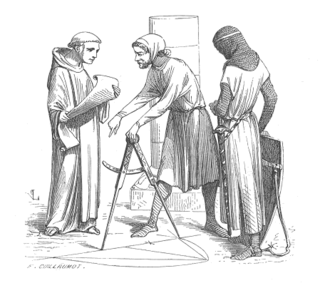
Architectural theory is the act of thinking, discussing, and writing about architecture. Architectural theory is taught in all architecture schools and is practiced by the world's leading architects. Some forms that architecture theory takes are the lecture or dialogue, the treatise or book, and the paper project or competition entry. Architectural theory is often didactic, and theorists tend to stay close to or work from within schools. It has existed in some form since antiquity, and as publishing became more common, architectural theory gained an increased richness. Books, magazines, and journals published an unprecedented number of works by architects and critics in the 20th century. As a result, styles and movements formed and dissolved much more quickly than the relatively enduring modes in earlier history. It is to be expected that the use of the internet will further the discourse on architecture in the 21st century.
Leo Steinberg was an American art critic and art historian.

Vincent Joseph Scully Jr. was an American art historian who was a Sterling Professor of the History of Art in Architecture at Yale University, and the author of several books on the subject. Architect Philip Johnson once described Scully as "the most influential architectural teacher ever." His lectures at Yale were known to attract casual visitors and packed houses, and regularly received standing ovations. He was also the distinguished visiting professor in architecture at the University of Miami.

De re aedificatoria is a classic architectural treatise written by Leon Battista Alberti between 1443 and 1452. Although largely dependent on Vitruvius's De architectura, it was the first theoretical book on the subject written in the Italian Renaissance, and in 1485 it became the first printed book on architecture. It was followed in 1486 with the first printed edition of Vitruvius.
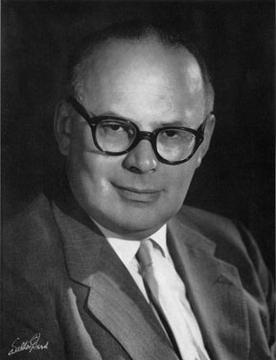
Rudolf Wittkower was a British art historian specializing in Italian Renaissance and Baroque art and architecture, who spent much of his career in London, but was educated in Germany, and later moved to the United States. Despite having a British father who stayed in Germany after his studies, he was born and raised in Berlin.
Neil Leach is a British architect and theorist. He is also a licensed architect, registered to practice in the United Kingdom.
Vaughan Hart is a leading architectural historian, and Professor Emeritus of Architecture in the Department of Architecture and Civil Engineering at the University of Bath. He served as head of department between 2008 and 2010.

Alberto Pérez-Gómez is an architectural historian and theorist known for taking a phenomenological approach to architecture. He lives in Montreal.

Juan Bautista Villalpando also Villalpandus, or Villalpanda was a Spanish priest of Sephardic ancestry, a member of the Jesuits, a scholar, mathematician, and architect.
Robert Tavernor is an English Emeritus Professor of Architecture and Urban Design at the London School of Economics and Political Science (LSE), and founding director of the Tavernor Consultancy in London. He is an architecture historian and urbanist, who has published widely on architecture and urban design, including the impact of tall buildings on historic cities. His academic career includes being appointed to the Forbes Chair in Architecture at the University of Edinburgh at age 36.
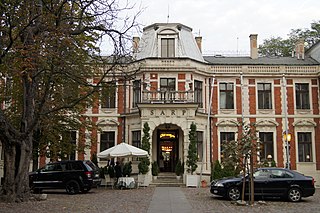
The Association of Polish Architects is a Polish professional architecture organisation. Since 1948 it has been a member of the International Union of Architects (UIA) and the International Federation of Landscape Architects (IFLA). It also acts as a publishing institution of architectural journals, books and magazines. Since 1995, it has held status of a copyright collective.
John Peter Macarthur (b.1958) is an Australian architectural historian, critic and academic, based in Brisbane Australia. He is Professor of Architecture in the School of Architecture Design and Planning, at the University of Queensland, where he has worked since 1990. He teaches architectural history, research and design courses, and advises postgraduate students. He founded the Architecture, Theory, Criticism and History (ATCH) Research Centre at UQ, and served as President of the Society of Architectural Historians, Australia and New Zealand (SAHANZ) between 2001 and 2003. In 2013 he was made a SAHANZ Life Fellow.
